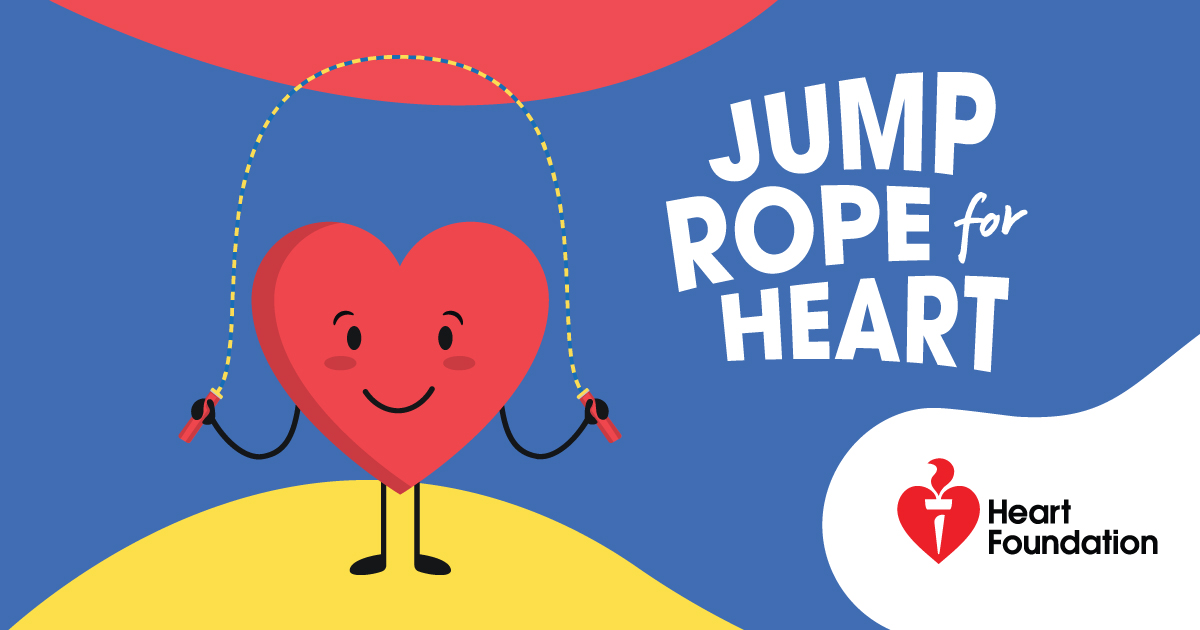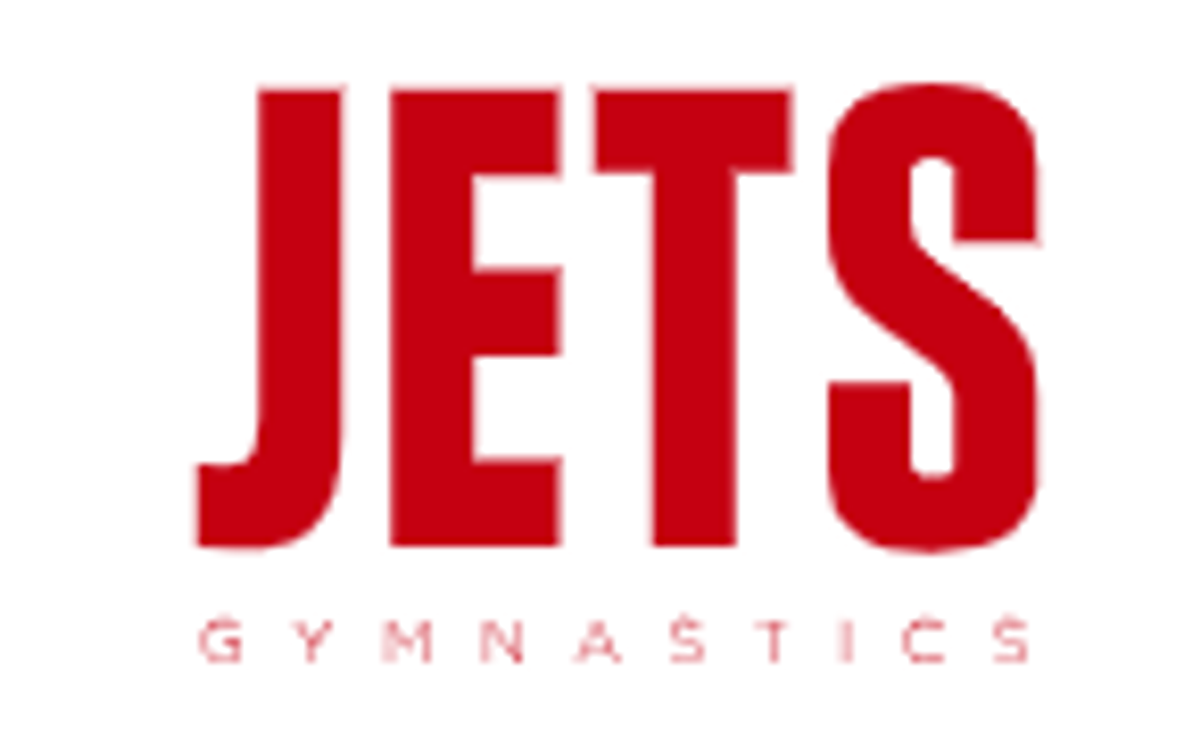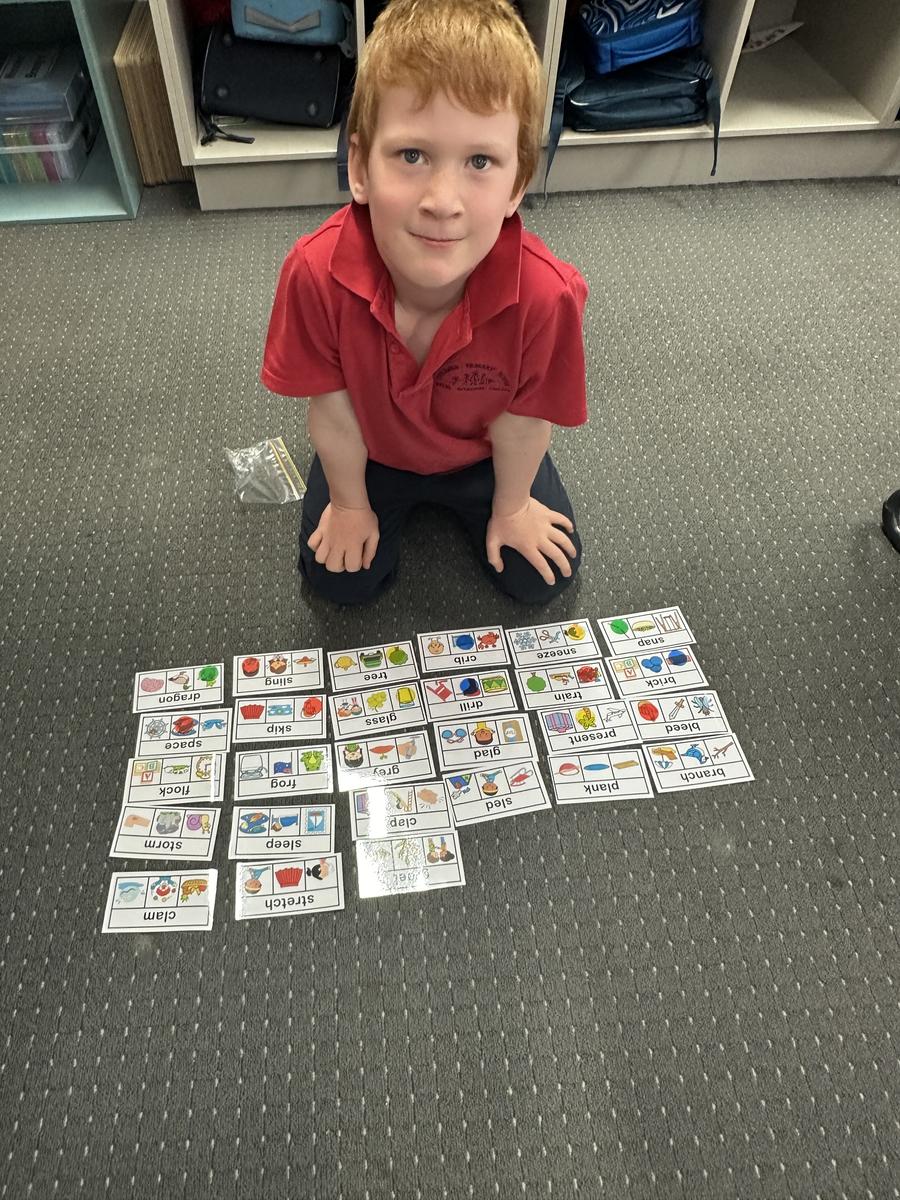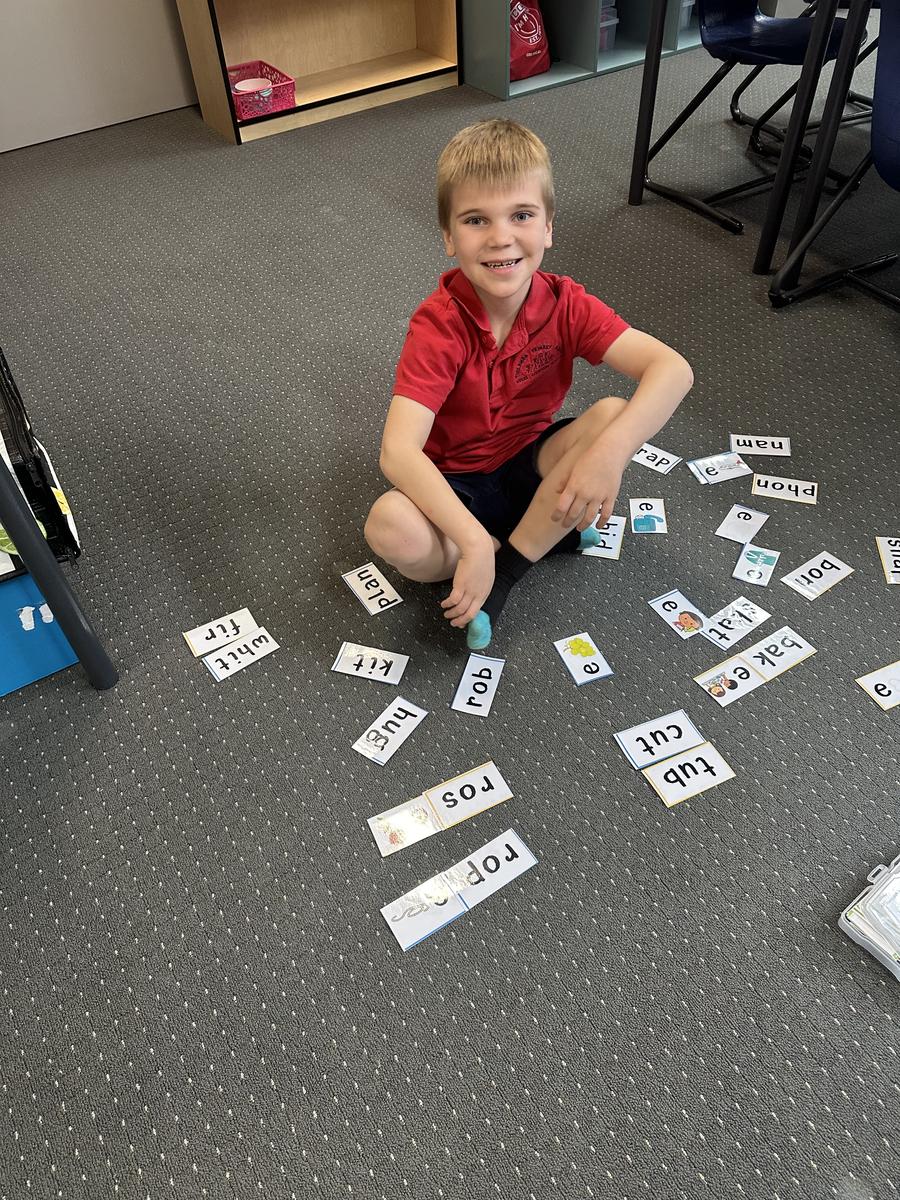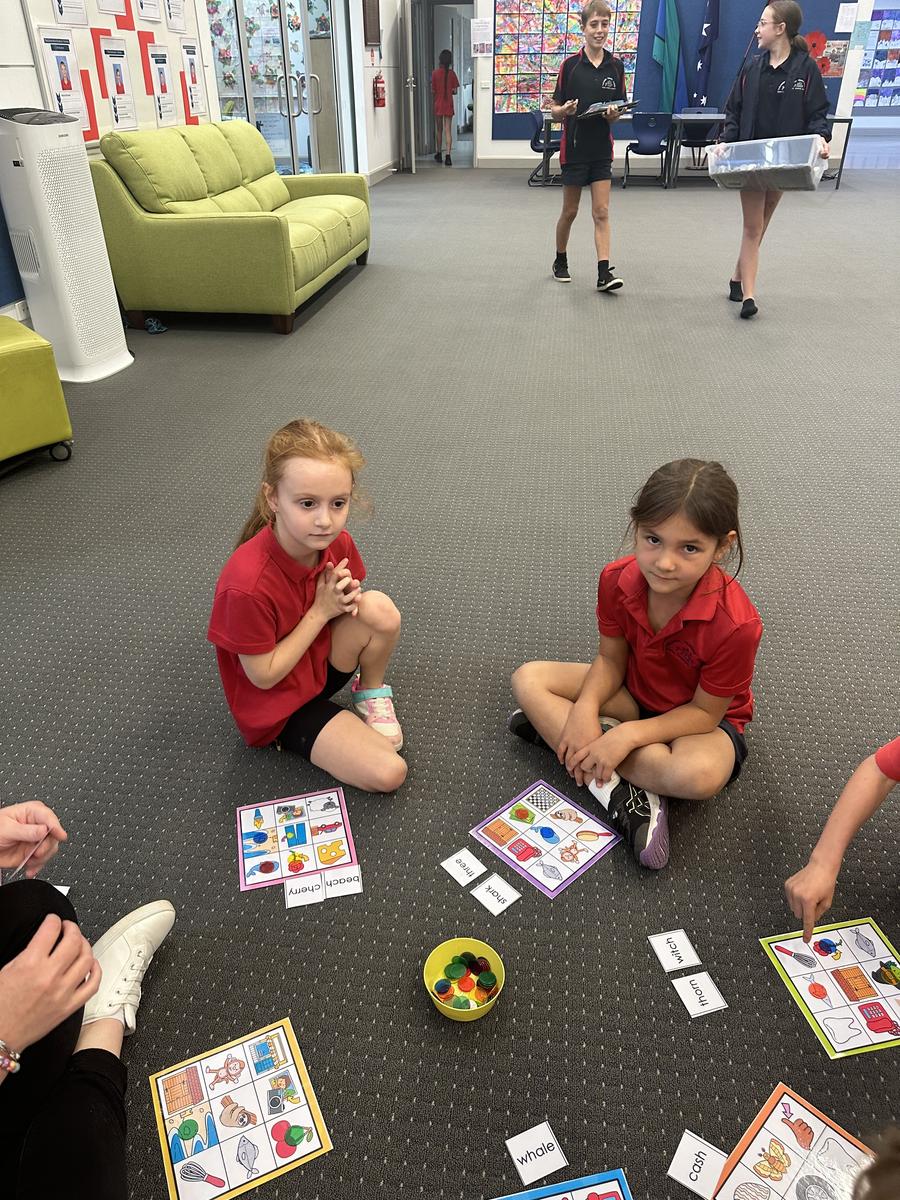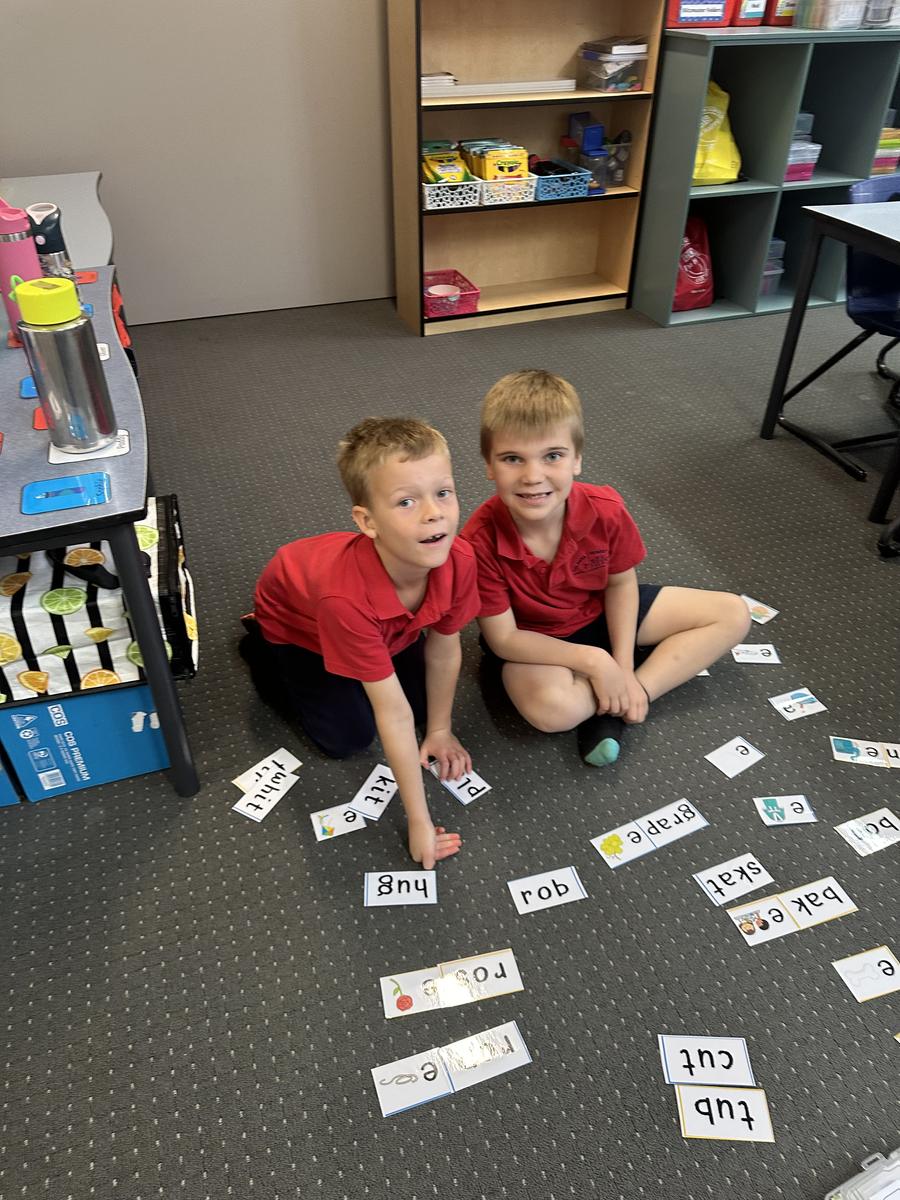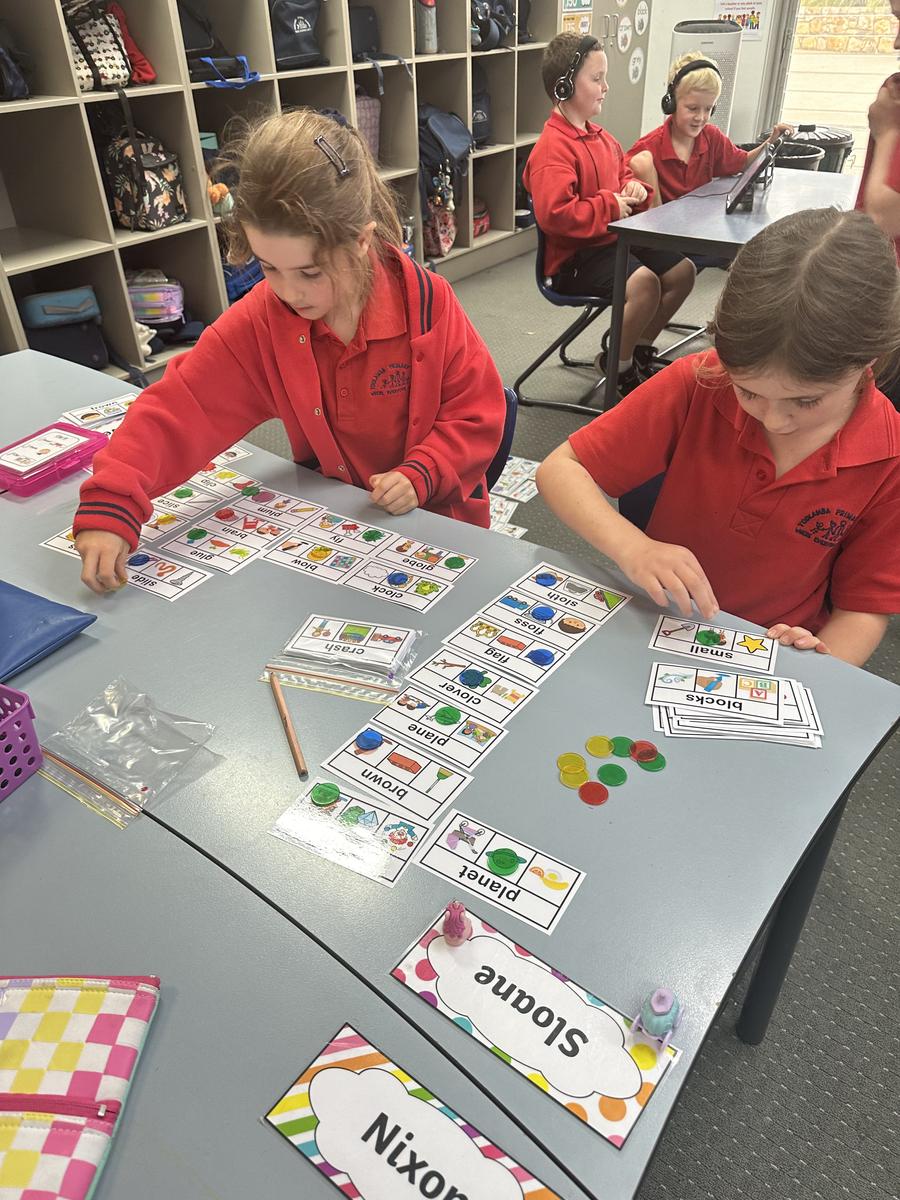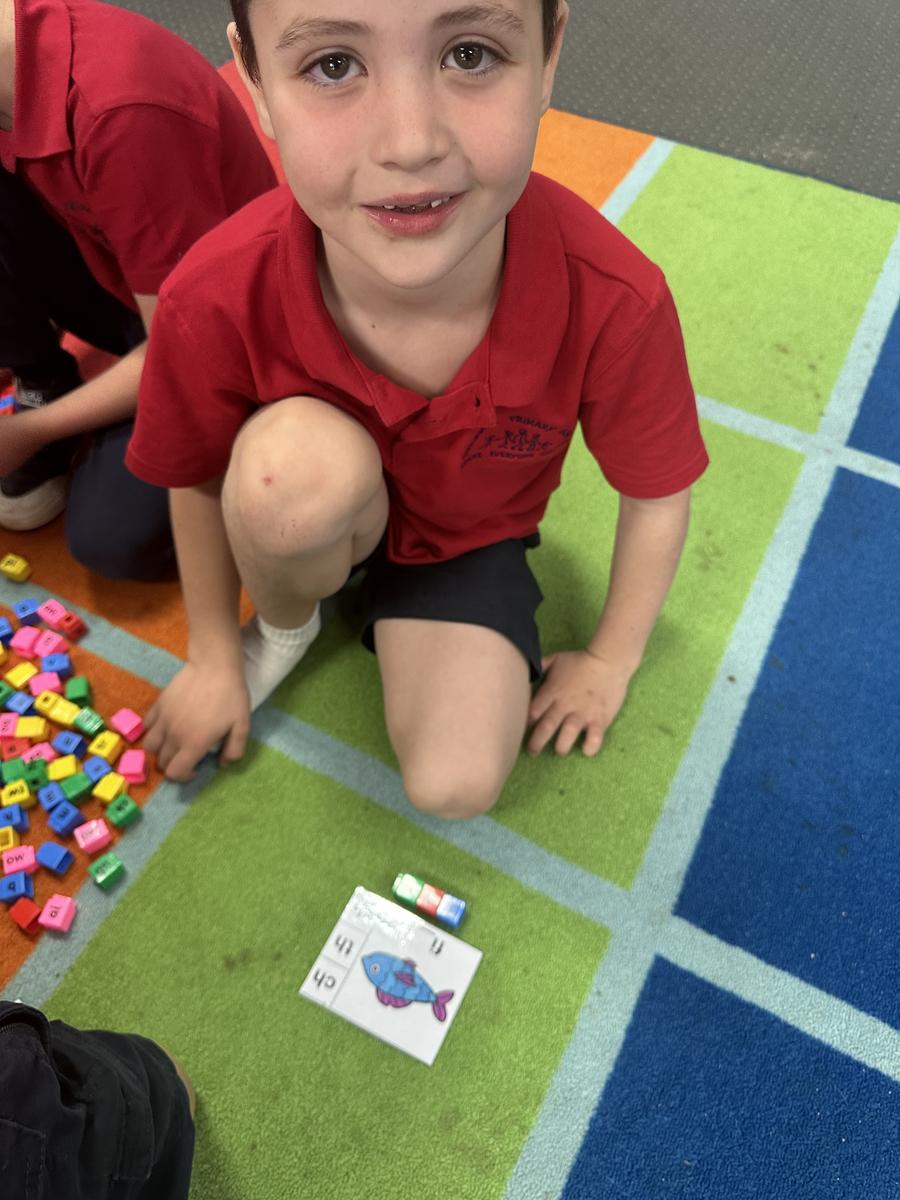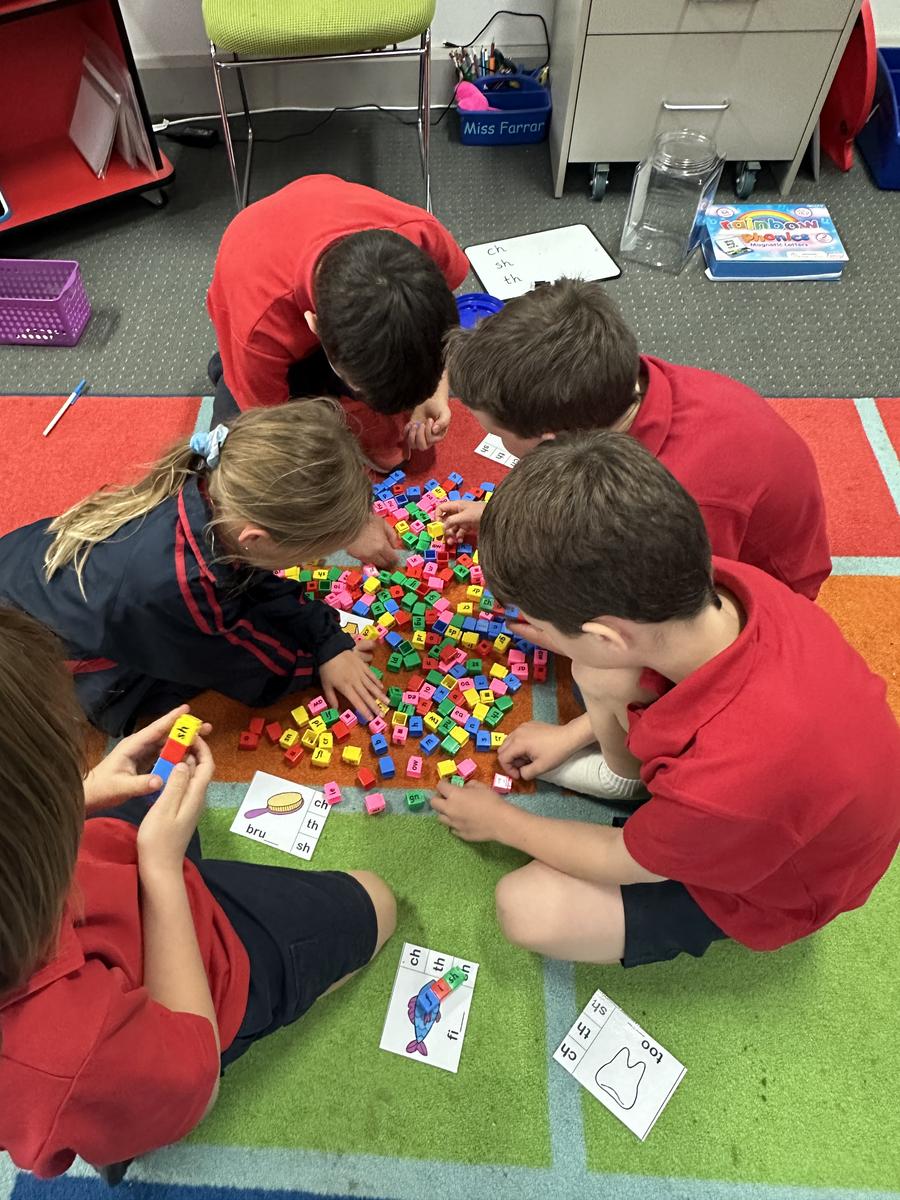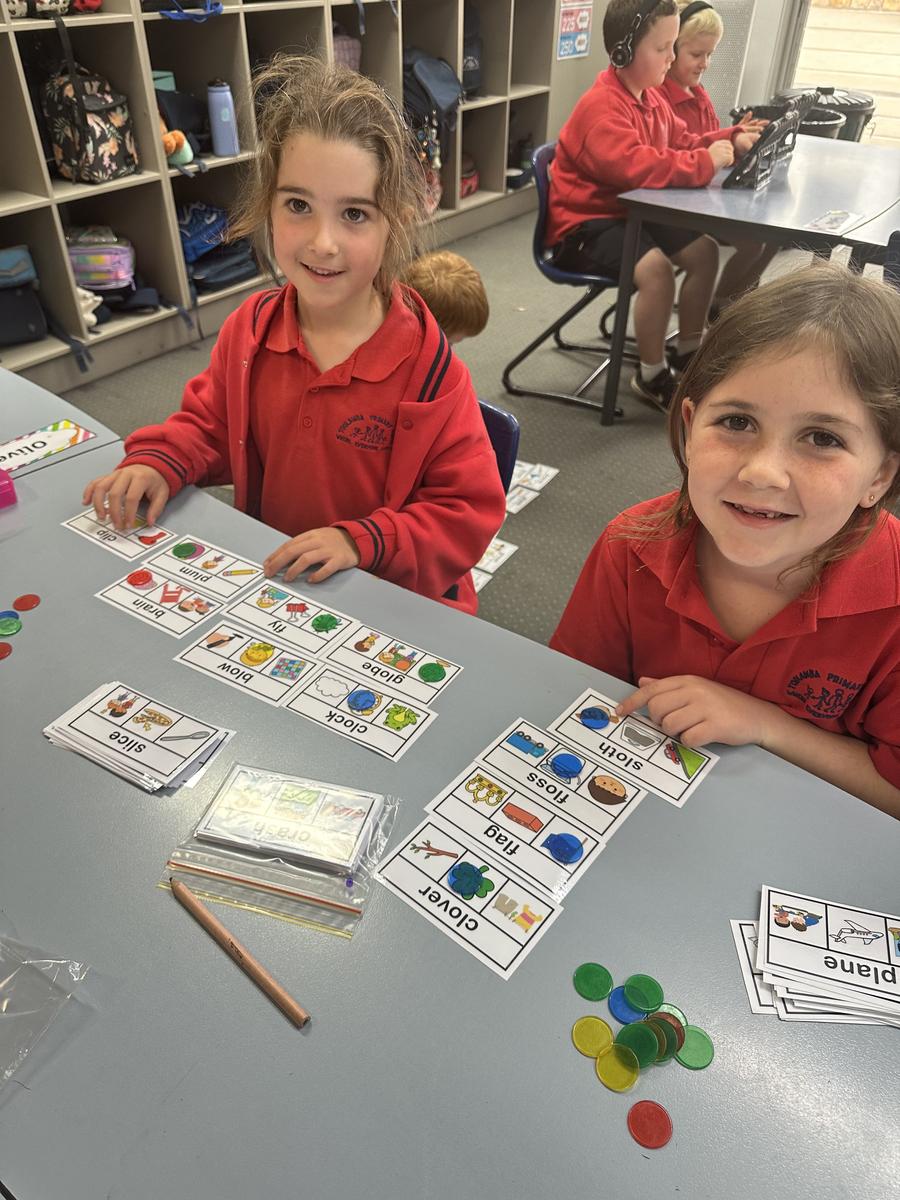Principal's Report

Dear families,
Can you believe we are in Week 7 already? How quickly the term is going.
Currently we have some cases of COVID and School Sores. The exclusion period for COVID is five days and for School Sores (Impetigo)-Exclude until appropriate treatment has commenced. Sores on exposed surfaces must be covered with a watertight dressing.
UNIFORMS
Clothing items purchased from the 150-year merchandise such as vests, beanies and jackets can be worn to school as part of the school uniform. Beanies can be purchased at the office for $20. Beanies are to be worn in the yard not in class.
Recently we have noticed several students not wearing the correct school uniform. Please support our school by ensuring your child is wearing the correct school uniform. If students arrive at school wearing the incorrect uniform, parents will be notified via an 'out of uniform' notification through XUNO.
JUMP ROPE FOR HEART
This Friday, students will participate in the Jump Rope for Heart Day. Students will rotate around eight skipping stations. Activities will go from 11.30am -12.30pm. Families are welcome to come along and watch the fun.
I’m sure students will enjoy the sausages and Zooper Doopers organised by JSC.
GYMNASTICS
Our first of four sessions will commence on Tuesday 4th.
Session times are:
| Grade | Time |
|---|---|
| Grade 3 & 4 | 11:30am-12:30pm |
| Foundation, Grade 1, Grade, 2 | 12:30pm-1:30pm |
| Grade 5 & 6 | 1:30pm-2:30pm |
Hot lunches will still occur on these days, lunch times will vary slightly on Tuesdays until the end of te
SCHOOL PHOTOS
Arthur Reed Photography will be taking our school photos on Thursday 6th June commencing at 9am. Correct school uniform is required. Further details are included in the newsletter.
Breakfast Club will commence on Thursday 13th June stating at 8.15am. If any parents are available to help, please complete the survey below.
https://www.surveymonkey.com/r/8W6VL8L
As our chooks at school are not laying many eggs, we would love some donations if your chooks are being more productive than ours.
HOT DOG DAYS
To assist with the cost of Grade 5/6 camp, we will be holding hot dog days each Wednesday. Orders must be placed by Tuesday 2pm the day before. Any late orders may not be filled. Our first hot dog day will be next Wednesday 5th June. Orders are only to be done via Qkr! The cost is $2.50 each and available for purchase now.
PROFESSIONAL LEARNING
Through our professional learning with the Teaching Academy, we have been introduced to Heidi Anne Mesmer’s approach to teaching phonics. An assessment has been administered to all students from Foundation to Grade 2. From this data we have identified where the students are along the learning continuum. identify where the starting point on the scope and sequence is for instruction. E.g.
- Letter names and sounds
- Short vowels- (rob, lid, had, net, tub)
- Consonant diagraphs- (thin, chin, fish)
- Beginning blends- (brag, bled, skip)
- Final blends and diagraphs- (band, link, bank)
- Silent e-(ride, hide)
- Vowel diagraph and other vowels sail, feast, sigh)
- R Controlled harm, fern)
- Vowel diagraph and R-controlled- (dare, search)
- Diphthongs – (boil, pout)
- Research shows that there are several important elements of a phonics lesson. These are the top five critical elements:
- Review it.
The purpose of phonics instruction is to develop automatic, error free word recognition during reading. To get this to place, students need to practice rereading words and reviewing letter-sounds at the beginning of each lesson that they learned in previous lessons. By practicing a skill beyond the point of mastery, or overlearning it, solidifies it into the long-term memory.
- Hear It: Phonological Awareness
Phonological awareness is the ability to hear, identify, and manipulate different sound units, orally. It might include orally identifying a word that rhymes with can, identifying the /s/ sound at the beginning of sing, or breaking the word bag into its parts /b/ /a/ /g/. phonological awareness is a critical insight that undergirds phonics instruction.
3. Decode It: Sounding Out Words
As obvious as it seems, phonics lessons need to include ample practice “sounding out” lots of individual words independently.
For example, in a lesson that focuses on –in and –it words, the lesson might begin with the teacher modelling how to sound out the word families –in and –it and then how to put a new sound on the beginning, f-it, f-in. However, the bulk of the lesson would be asking the children to attempt to decode new words with these parts (e.g. pit, pin, hit, tin).
4. Spell It
Effective phonics lessons ask students to practice spelling words without word cards or other visual reminders. Practice spelling words letter-by-letter gives students formidable practice recalling those sequences. Some approaches use dictation where the student or the teacher creates a sentence to be spelled. Spelling can also be done with word ladders, dry erase boards, or magnetic letters.
5. Read It
At the end of a phonics lesson, students need to read a piece of connected text that has some words to which they can apply their new knowledge. This helps them to transfer what they have learned to reading—the very goal of phonics instruction. Without this "read it" step, phonics knowledge will live in a lonely space in the brain un-accessed and inert. Reading at the end of a phonics lesson can be in the form of individual little books, charts, or big books. It is very important that the books contain opportunities to practice decoding in context.
Have a lovely weekend,
Regards Heather

